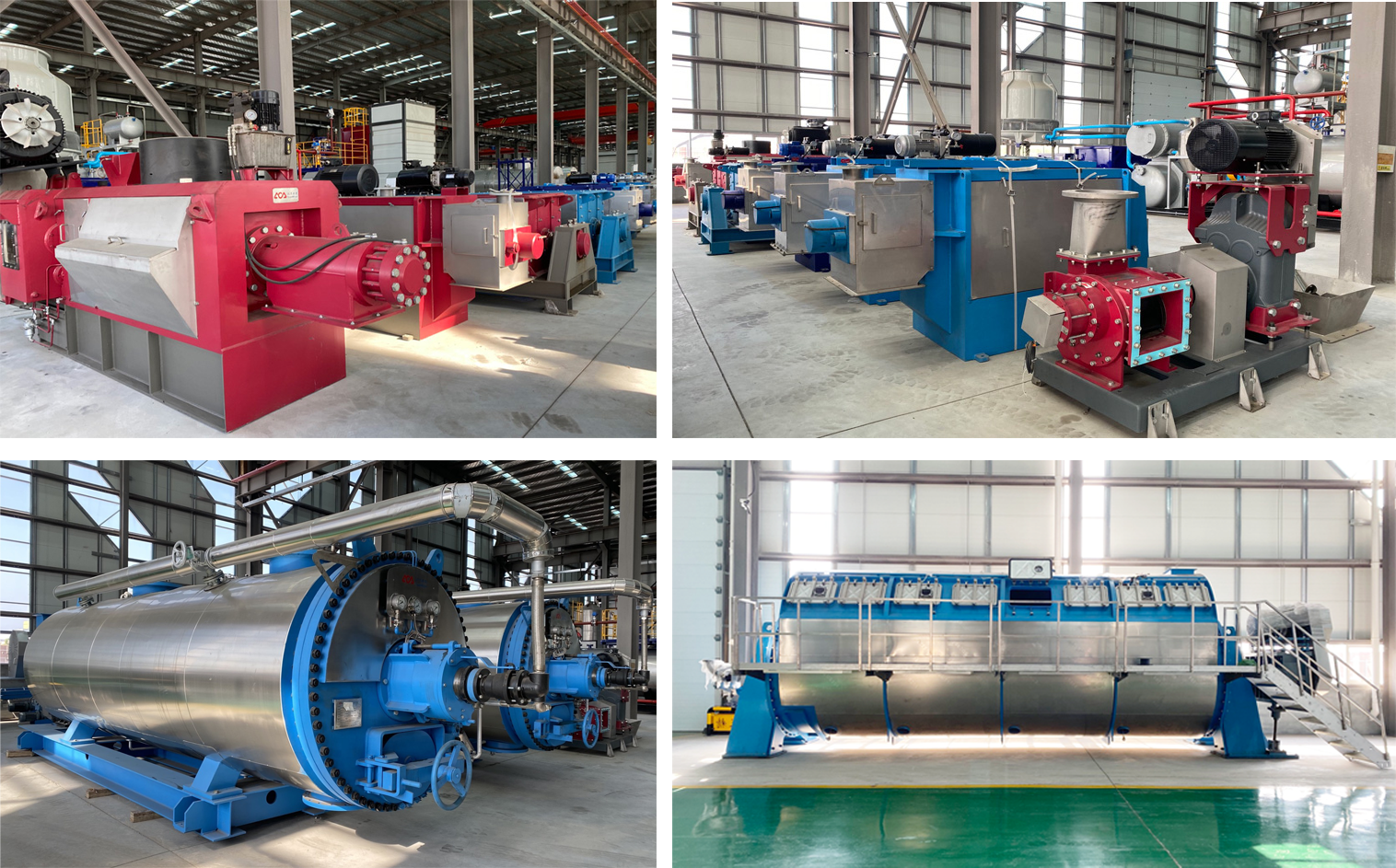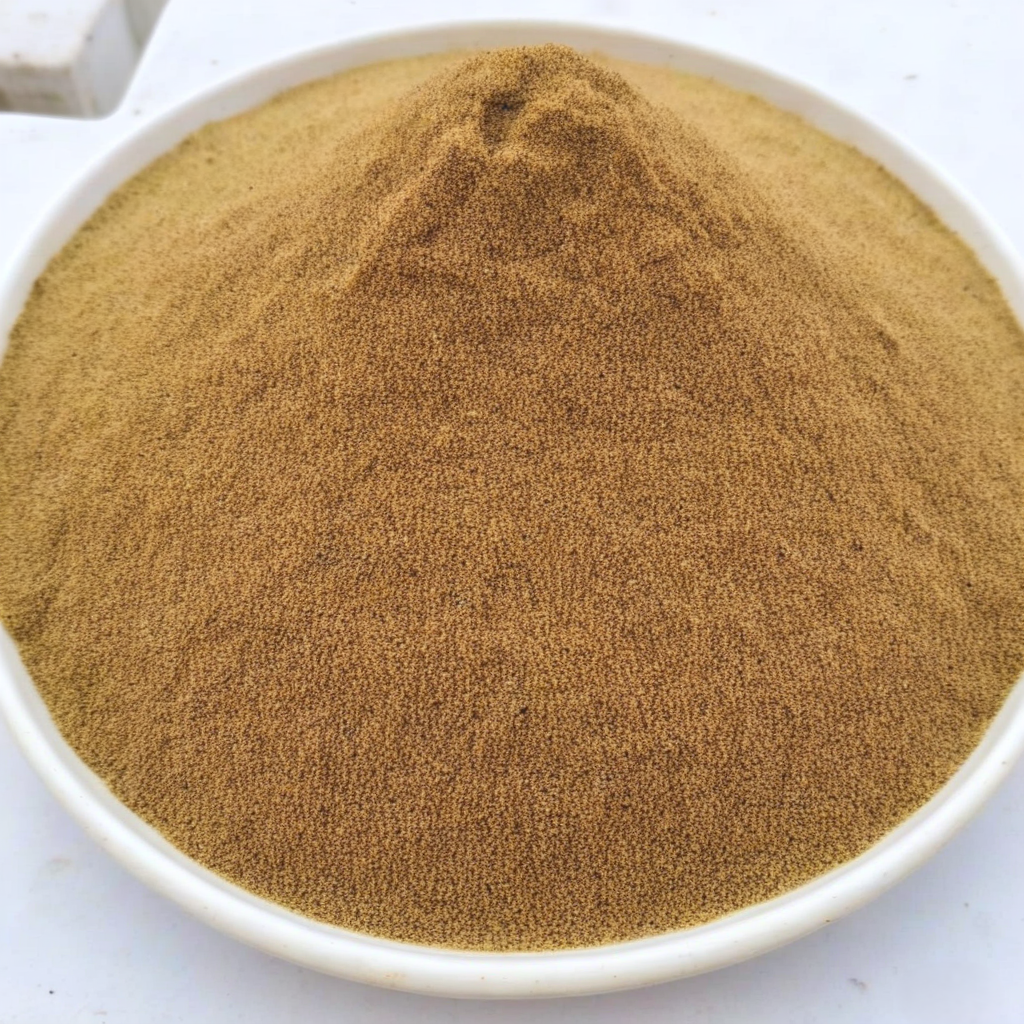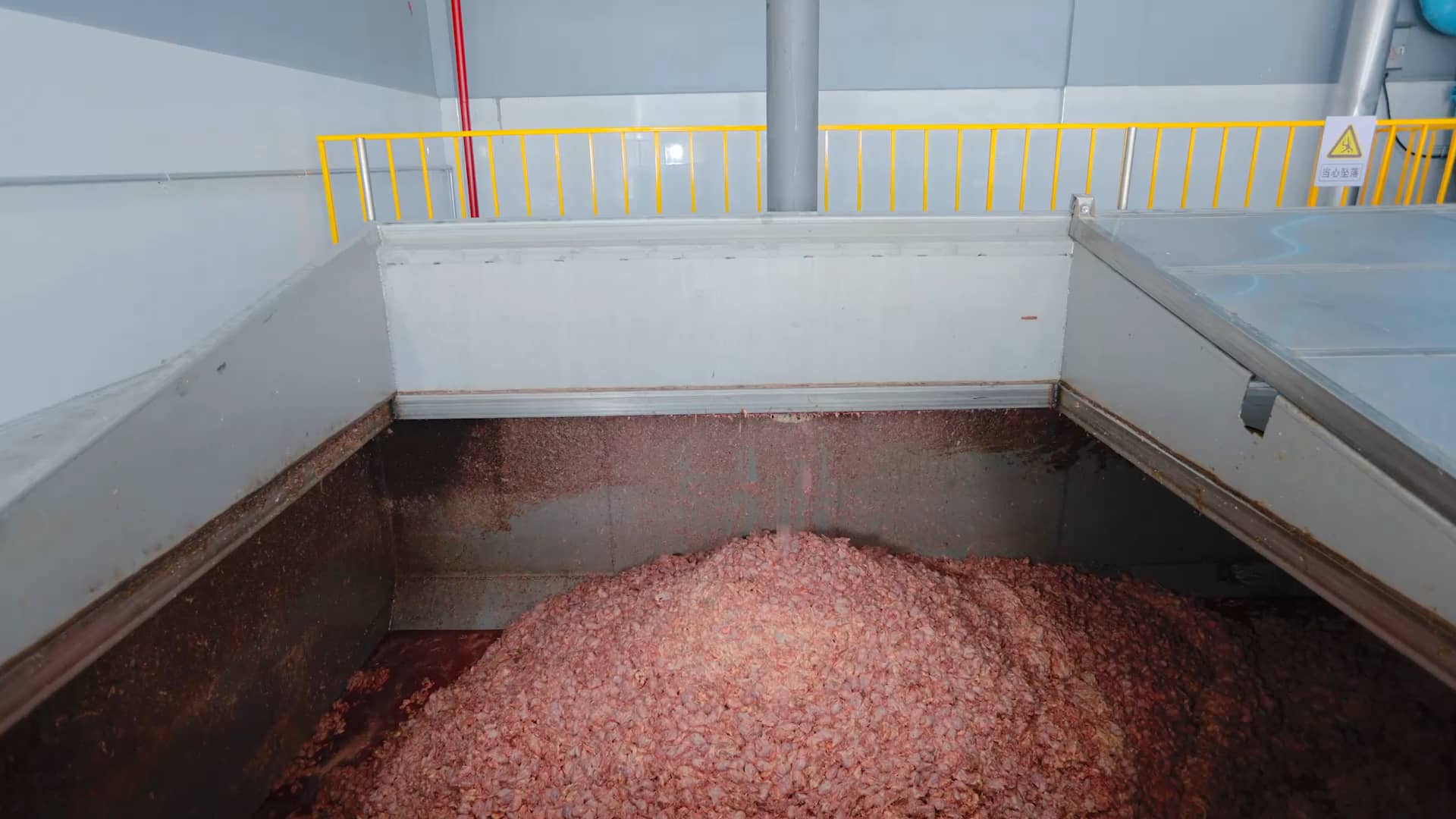
Aquaculture Industry: Closer Look at Fish Meal Processing Machines
Aquaculture Industry: Closer Look at Fish Meal Processing Machines
Investing in a Sunrise Fish Meal Processing Machines can help you save money in the long run, by reducing labor costs and increasing production efficiency. The Sunrise fish meal plant machine is designed to produce high-quality fish meal, which is rich in protein and essential nutrients.
What is Fish Meal?
Fish meal is a nutrient-rich, high-protein ingredient made from grinding and drying fish or fish waste. It is used as a feed supplement in the aquaculture, poultry, and livestock industries. Fish meal is highly valued for its high protein content, essential amino acids, vitamins, and minerals, which contribute to the growth, development, and overall health of animals.
The Importance of Fish Meal Processing Machines
Fish meal processing machines are crucial for transforming fish waste and by-products into valuable resources. They not only reduce the environmental impact of the aquaculture industry but also improve the economic efficiency of fish farms. By recovering valuable nutrients from waste products, fish meal processing machines contribute to a more sustainable and circular economy within the industry.
What Are Fish Meal Processing Machines?
Fish meal processing machines are used in the production of fish meals, which is a high-protein powder made from fish waste and byproducts. These machines are designed to separate the fish flesh from the bones, skin, and other materials, and then dry and grind the flesh into a fine powder. Each of these machines plays an important role in the fish meal processing industry, and they can be used individually or as part of a larger production line.
There are several types of fish meal processing machines available on the market, including:
1) Fish Meal Cooker: A machine that cooks the fish waste and byproducts to help break down the proteins and make them easier to extract.
2) Fish Meal Press: A machine that separates the solids from the liquid in the fish waste and byproducts, using pressure to squeeze out the liquid.
3) Fish Meal Dryer: A machine that dries the extracted fish flesh to remove the moisture and preserve the protein.
4) Fish Meal Grinder: A machine that grinds the dried fish flesh into a fine powder, making it easier to store and transport.
5) Fish Oil Extraction Machine: A machine that extracts fish oil from fish waste and byproducts, which is often used for other purposes such as animal feed or pharmaceuticals.
How Do Fish Meal Processing Machines Work?
Fish meal processing machines use a combination of mechanical and thermal processes to transform raw materials into high-quality fish meals. The process typically involves the following steps:
1) Grinding: The raw materials, including whole fish, fish waste, and trimmings, are first ground into a homogenous paste. This step aids in the efficient extraction of oil and water in the subsequent stages.
2) Cooking: The ground material is then cooked at a high temperature. Cooking serves multiple purposes – it coagulates proteins, inactivates enzymes, and kills bacteria, ensuring the final product is safe for consumption.
3) Pressing: After cooking, the material is pressed to separate the oil and water from the solids. The oil is collected for further processing, while the solid residue moves on to the next step.
4) Drying: The solid residue is dried using either direct or indirect heat to reduce the moisture content. This step is essential for the preservation and storage of the final fish meal product.
5) Cooling and Grinding: Once dried, the fish meal is cooled and ground into a fine powder. It is then ready for packaging and transport to feed manufacturers and farms.
Benefits of Fish Meal Processing Machines
1) Resource Recovery: Fish meal processing machines enable the recovery of valuable nutrients from fish waste and by-products, reducing waste and environmental impact.
2) Sustainable Protein Source: Fish meal is a highly nutritious, sustainable alternative to other protein sources, such as soybean meal, which requires extensive land and water resources for cultivation.
3) Enhanced Feed Quality: Incorporating fish meals into animal feed increases its nutritional value, leading to improved growth rates, feed conversion ratios, and overall animal health.
4) Economic Efficiency: By converting waste products into valuable resources, fish meal processing machines improve the economic efficiency of fish farms and the aquaculture industry as a whole.
Sunrise Fish Meal Plant Machine for Sale
Sunrise fish meal plant machine is a comprehensive solution for fish meal production, designed to provide efficient and high-quality processing of fish waste and byproducts. Investing in a Sunrise fish meal plant machine can help you improve your production efficiency, reduce costs, and produce high-quality fish meals for animal feed and fertilizer.
The Sunrise fish meal plant machine is a comprehensive solution for fish meal production. It is designed to process a variety of fish waste and byproducts, including fish heads, tails, and bones. The machine is made of high-quality stainless steel, which ensures durability and easy maintenance. Some of the key features of the Sunrise fish meal plant machine include:
1) High-quality cooking: The machine is equipped with a steam cooker that ensures the fish waste is cooked thoroughly, helping to break down the proteins and make them easier to extract.
2) Efficient pressing: The machine uses a hydraulic press to separate the solids from the liquid in the fish waste, ensuring a high yield of fish meal.
3) Advanced drying: The machine is equipped with a specially designed dryer that removes moisture from the extracted fish meal, ensuring a high-quality end product.
Conclusion
Fish meal processing machines play a crucial role in the sustainability and economic efficiency of the aquaculture industry. By converting fish waste and by-products into valuable resources, these machines contribute to a more circular economy, reduce waste, and provide a high-quality, sustainable protein source for animal feed. As the aquaculture industry continues to grow, the importance of efficient fish meal processing cannot be overstated.



